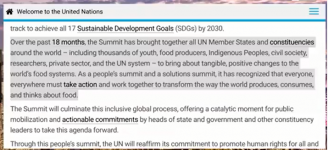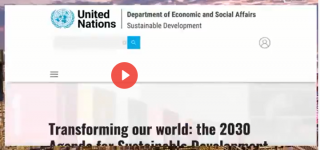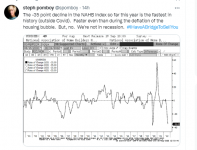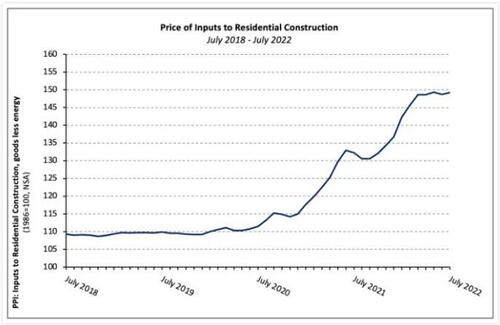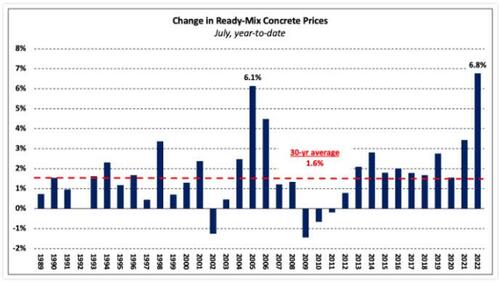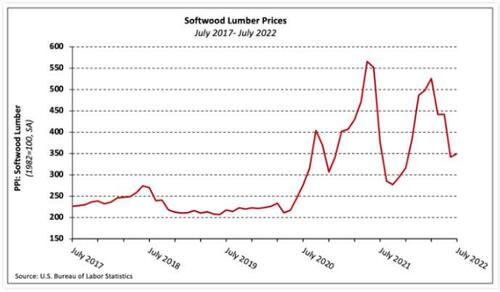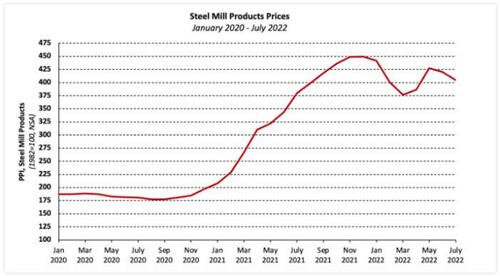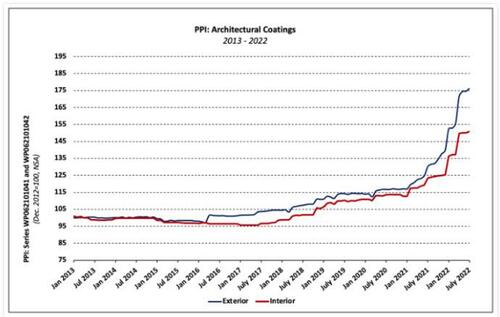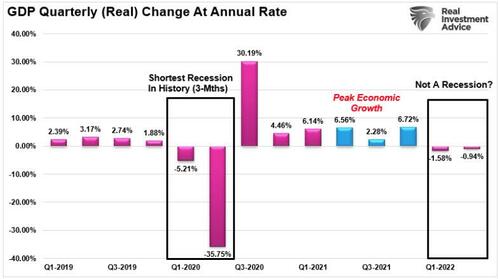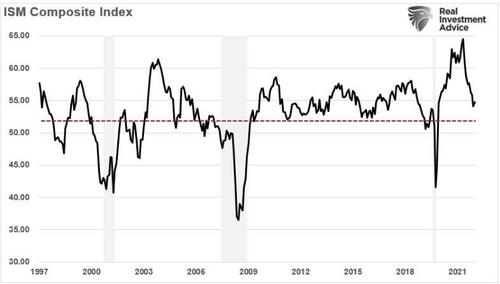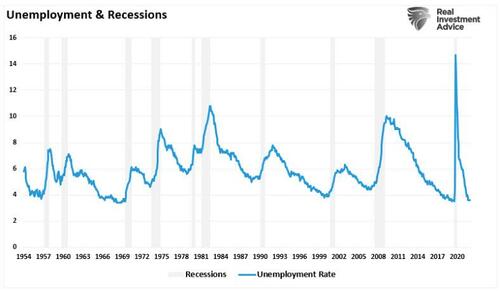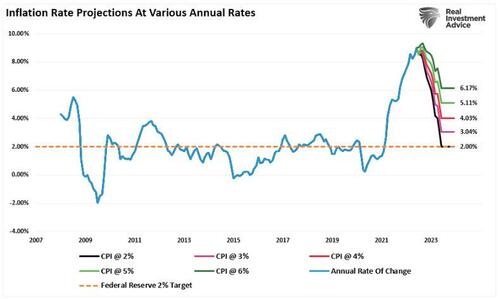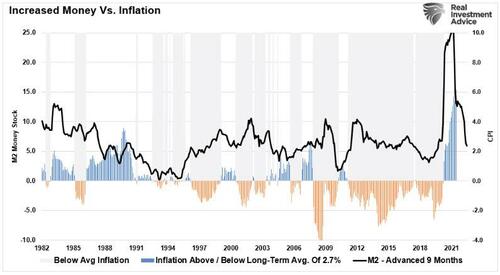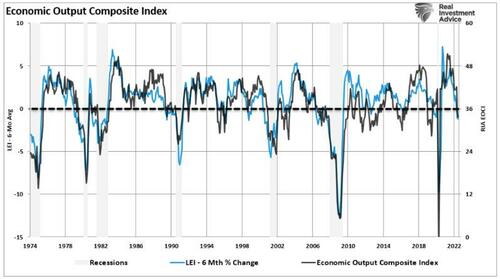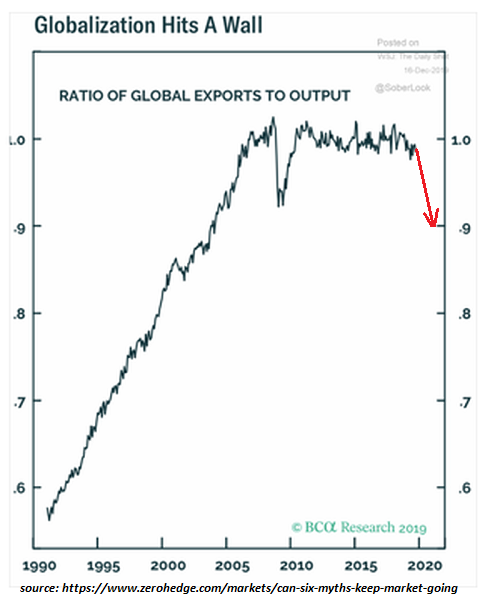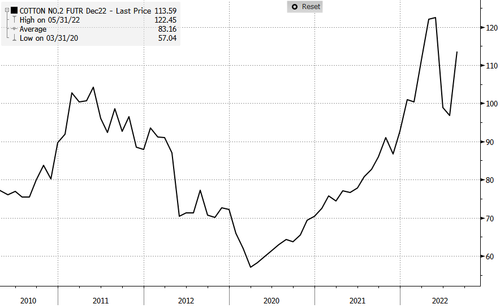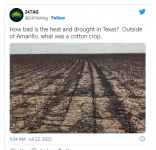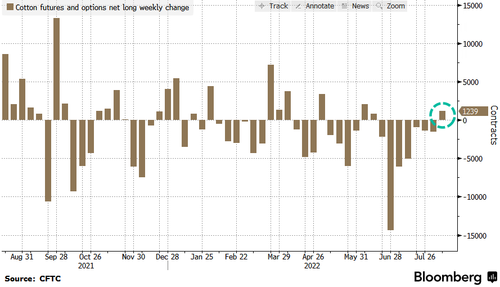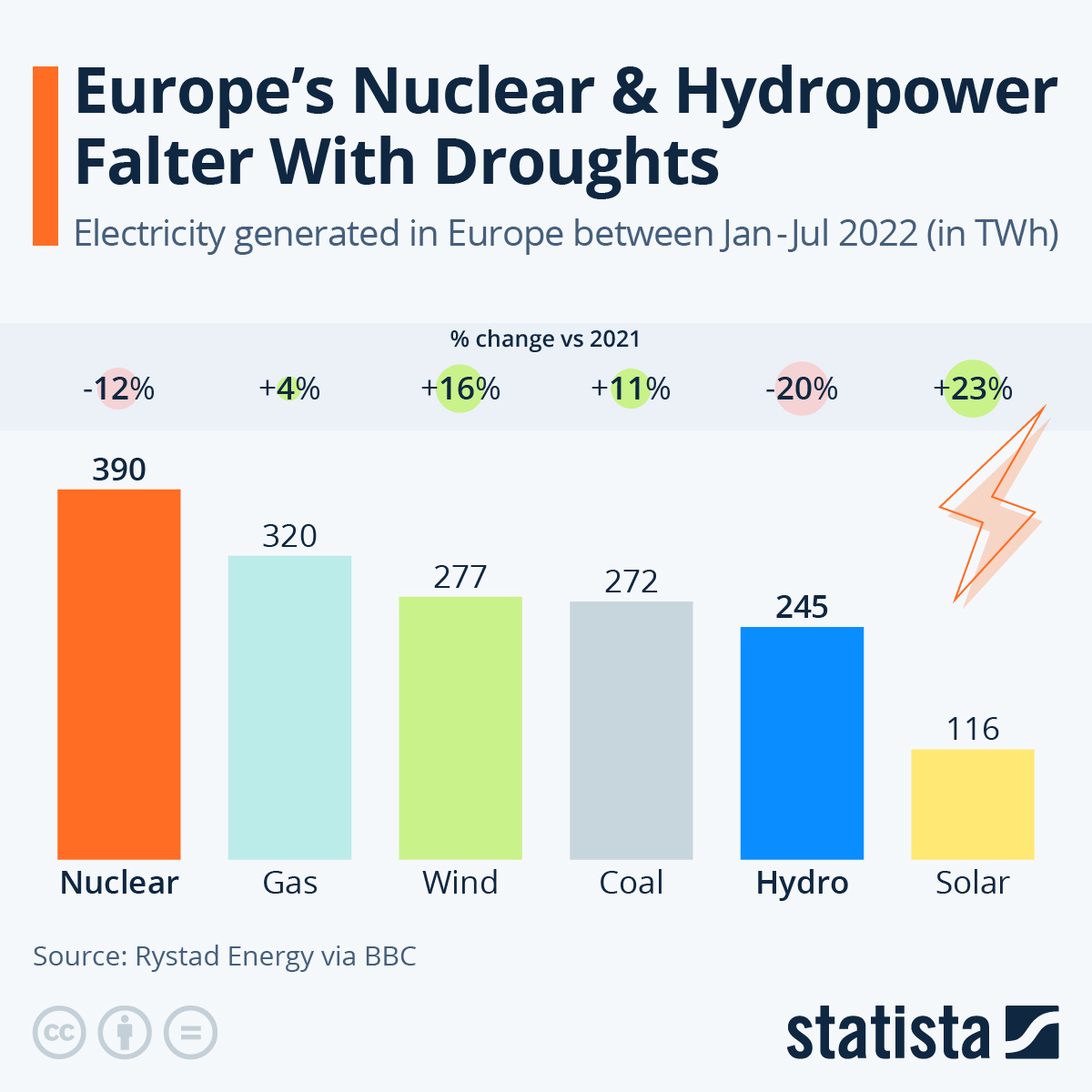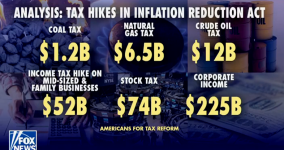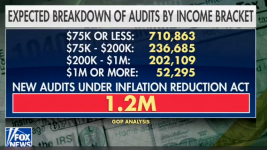The U.S. Army is expected to fall nearly 40,000 troops short of its recruiting goals over the next ...

www.theepochtimes.com
‘Woke’ Military Policies to Blame for Recruitment Crisis, Servicemembers Say
By J.M. Phelps August 14, 2022 Updated: August 16, 2022biggersmaller Print
The U.S. Army is expected to fall nearly 40,000 troops short of its recruiting goals over the next two years. Fiscal year 2022 is expected to miss the mark by 10,000 troops, while the number in fiscal year 2023 could reach 28,000. These figures mean that this year is on track to be the Army’s worst recruiting year in almost 50 years.
The Army plans to circumvent the problem by offering $1 billion for its recruiting program and placing more emphasis on the use of its reserve units.
The Epoch Times reached out to the U.S. Army Recruiting Command for comment, and Maj. Charles Spears of the Combined Arms Center replied to various inquiries about the state of recruiting. Spears offered several reasons for the Army’s recruiting challenges in the years ahead.
First, he said, “only 23 percent of American youth are qualified to serve without a waiver, [noting that] obesity, addiction, medical, and behavioral health are the top disqualifiers for service.”
The Army is also competing with corporate America, he said, adding that “social media’s virtual public square shapes the values and perceptions of American youth, which is increasingly unfamiliar with the benefits of Army service.”
According to Spears, the American population is “increasingly disconnected” from serving in the Army and military service.
“Oftentimes, influencers [such as parents, teachers, and coaches] do not recommend military service,” he said.
Spears also noted that “the share of youth who have seriously considered military service is at a historic low of 9 percent.”
Finally, Spears cited issues resulting from the COVID-19 pandemic.
“The COVID-19 pandemic severely limited the ability of recruiters to interact with prospects in person, [and] also exacerbated academic and physical fitness challenges, limiting the pool of qualified applicants.”
As a result of the pandemic, there has been a 9 percent decrease in Armed Services Vocational Aptitude Battery (ASVAB) scores, as well as increased applicate obesity, he said.
In addition to these factors, servicemembers have expressed other concerns that they say have contributed to the recruitment crisis.
Army Boots on the Ground
The Epoch Times spoke to an active-duty Army soldier with over 15 years of service on the condition of anonymity, fearing reprisals. He is gravely alarmed about the Army falling short on recruitment numbers.
“In the past,” he said, “the Army targeted a specific demographic of people based on their values, [and these recruits] were patriots and loved America.” In today’s general population, he doesn’t see the same interest in patriotism.
“Much of the country doesn’t love America like it use to,” he said. “And with a military no longer upholding the values, the oaths, or the creeds it once did, what kind of new recruits should we expect [to join the Army]?” he asked.
“From a macro perspective, we had a significant breach of trust in the last election.” By oath, he said, the military swears to “support and defend the Constitution of the United States against all enemies, foreign and domestic.” But the U.S. military has said nothing about the previous election, according to the soldier. “I’m not saying there is a final answer, but as defenders of the Constitution, they owed open and transparent conversation to the force and to the American people,” he said.
Instead, he said, “they happily encourage mandated vaccines, back the transgender issue, and speak out in opposition to the Supreme Court of the United States in regard to Roe v. Wade—all of which are very political.”
In his opinion, “we now have a Department of Defense [DoD] that has taken various political positions that are very much opposed to the heart of America.”
All the while, he said, the size of battalions is shrinking. “Some are less than two-thirds of where they need to be,” he said. And many of those who remain are not “usable deployables.”
He said, “Much of America is missing the fact that the Army is intentionally kicking people out in a precarious way that it knows is unnecessary, because the data shows that it’s unnecessary.” He is under the impression that “our military is intentionally being weakened.”
Rather than watching the military “decay,” he said, “military leadership needs to take action for the good of the America people.” But he’s not convinced this will happen, because “for the most part, the higher-ups are cowards and they lack the personal courage to take the actions needed to put an end to this sad state of affairs.”
As recruiting woes mount and solutions appear scant for the U.S. Army, service members of the nation’s other military branches are equally concerned.
Maj. Paul Lewis (a pseudonym), a recognized subject matter expert on personnel retention matters within the Marine Corps who previously sounded the alarm on personnel end-strength issues within the DoD, spoke to The Epoch Times once again.
According to Lewis, military readiness has been impacted in the past few years by “a toxic combination of poor leadership and the politicization of the military.” He said there has been “a steady reduction in readiness due primarily to reckless policies that have eroded the trust of the rank and file service-members.
“It really came to light in the wake of COVID when service members began to see that senior leaders chose to put politics ahead of military readiness,” he said. “Senior officers and senior civilian executives have run the military into the ground in the name of career stability and progression instead of keeping faith with Marines and their families.”
Potential recruits are not signing up to serve in the Marine Corps as they have in previous years, and Lewis attributes this to “a rejection of the bureaucratic leadership.” For American citizens to choose to serve in the “all-volunteer force,” he states, “they want to be able to trust that their leadership has their best interest at heart, and that doesn’t appear to be the case anymore.”
According to Lewis, this erosion of trust can be “manifested in the military loss in Afghanistan as well as how COVID vaccine mandates have been enforced in a draconian and illegal manner,” and this according to him has led to “a complete loss of trust and confidence in the leadership.”
In the years ahead, he said, these issues will have an impact on the national In the years ahead, he said, these issues will have an impact on the national security of the United States. “Within the national security apparatus,” Lewis said, “we need a certain number of troops to man the line, this is known as statutory end-strength and is set by Congress, [because] we have defense obligations all over the world with partners and allies.”
“A small gap in readiness, losing 100 or 200 recruits or unplanned departures from the service might be acceptable,” Lewis admitted. “But when you get into the numbers of 40,000 or more in a single year, it’s no longer just a minor blip on how we deploy our military, but it is an unmitigated disaster,” he said. “It will affect every decision made on how we are going to meet our obligations and ultimately we will be increasingly relying on less troops to do the same job.”
In light of losses associated with the mandated vaccine, Lewis said it has become apparent to him that “our leadership is willing to sacrifice military service members, forcing them out the door in the name of financial reprioritization.” He said, “American people need to be aware that the military is using these personnel cost savings to commit additional resources to yet another round of equipment modernization that is lining the defense industries pocket.
“But all the while, they’re losing the individuals qualified to operate these systems,” he said. “For example, you cannot fly an F-35 with a student pilot; you need an experienced pilot with years of operational flight time.
“When the cards are down and we need to face our adversaries, we need experienced warfighters using this equipment,” said Lewis. “Unfortunately, the defense lobby has just about every congressional office enthralled with the idea of higher defense spending with their companies rather than investing in its people.”
According to Lewis, “the American soldier is the country’s most valuable resource, [but] our leadership and our decisionmakers have devalued their people” who serve in the military. “This is sadly exemplified in the dead Marines on the deck in Afghanistan because of poor politically driven leadership.”
If members of the nation’s military were valued, he said, “these same people should be raising legitimate concerns about vaccine efficacy, but they are failing the American people once again.”
Lewis contends that “generational damage” is being done and the core of rank-and-file service members whose families have traditionally served will no longer choose to do so in the future because of the utter betrayal they are facing from their own leaders.
“It’s reckless, like a child playing with fire,” said Lewis. “Do the math: it is impossible to have an all-volunteer force if you don’t have volunteers.” Moving forward, he questions whether the U.S. military will be able to continue to “meet the expectations of the American people and keep the homeland safe.”
Air Force Mission Ignored
A master sergeant currently serving in the Air Force has been a recruiter for nearly a decade. As the military vaccine mandate began to be enforced, he was “alienated from the service” for refusing to take the shot. “Many in the Air Force have stood up for freedoms our entire career, but when our freedom is on the line, who’s going to stand up for us?” he asked. He has witnessed junior airmen break down in tears over being coerced and threatened into taking the vaccine.
Air Force Recruiting Service is facing its lowest recruiting numbers since 1999 according to senior leadership’s public statements, he said. “While we lose decades of experience to mandates and poor leadership decisions,” he said, “we will be forced to ease standards just to continue the mission.” He further added, “I see firsthand in recruiting that the sentiment towards joining the military has been negatively impacted over the last year.”
What’s more, he said, “there is an imbalanced focus on diversity over performance when deciding the fate of an airman’s career. We’re focusing on the wrong things instead of the mission, which is protecting and serving the nation,” he said. “Wokeism combined with bad policies are destroying the military and if we don’t course correct soon, it could cause irreparable harm, in my opinion.”
Navy is Getting Weaker
A Navy lieutenant said, “the DoD has forgotten the first rule of holes—and that’s when you get into one, you stop digging.” According to the recruiter, “the Navy has probably alienated the majority of its recruiting base that you could have always counted on historically.”
Mandatory vaccines are an issue, he said. But “social experimentation” within the Department of Defense is also a problem. For example, in the digital signature of Rear Admiral Alexis T. Walker, he said, “he has his own little personal font with a rainbow hue for his pronouns.” Walker is the commander of Navy Recruiting Command.
The Clinton administration’s “Don’t Ask, Don’t Tell” policy was once “a hot button for the military,” he said. “But fast forward nearly 30 years, and transgenders have been normalized.”
To that end, he said, “The fact that you would set a double standard in terms of military readiness where you would claim an unvaccinated service member isn’t ready, but somebody in the middle of a life-changing transition that’s on hormones is ready and is not a threat to readiness, bothers me.”
By his estimation, senior leadership of the military has “bought into a big lie that somehow the population at large wants a military which reflects the population diversity of the country.” He disagreed, stating that “the public simply wants to know that they have a military that’s capable and lethal, and could successfully defend this nation on a moment’s notice.”
Apart from “a few niche areas, like the special warfare communities, military readiness is questionable at best,” he said. “We’ve gone too far into the weeds politically, which has resulted in a weaker, political military force.”
Coast Guard Gone Woke, Too
Continuing to actively serve in the Coast Guard, a “Coastie” with recent experience as a recruiter is very disturbed that he could be “throwing years of dedicated service down the drain” for refusing to take the vaccine. It’s clear that he’s not the only one impacted, as he said, the Coast Guard will fall far short of making recruiting mission this year. While he said it is hard to pinpoint exactly why, the vaccine mandate is a large part of the issue. “There’s definitely been some young folk who said they’re not going to join because they don’t want to get the COVID vaccine,” he explained.
In addition, he said, “The woke culture has bugged some people.” In one example of wokeness infiltrating the Coast Guard, he said, “When writing awards or performance reviews, I can’t even identify myself as a he, [adding that] I can only identify myself by my name, rank, or by they.” He finds it strange that he cannot assume his own gender. Taking diversity and inclusion to this extreme, alongside the vaccine mandate, has hurt retention in his opinion.
The Coast Guardsman strongly believes that “medical and fitness standards that were once non-negotiable are all on the table right now.” When asked about the reason, he goes on to say, “It seems like the average teenager these days has a much higher likelihood of being prescribed antidepressants, asthma inhalers, or attention deficit medications, all of which used to be a hard stop for someone trying to join.”
“But if recruiters can’t make mission and mission execution suffers, eventually something has to give,” he said. “The question that bothers me is how much does race and gender now play into the likelihood of those medical waivers being granted?”
Each anonymous interviewee emphasized that their views do not reflect the views of the Department of Defense (DoD), the Air Force, Army, Marines, Navy, or Coast Guard. The Epoch Times also reached out to the recruiting headquarters for the Air Force, Coast Guard, Marines, and Navy for comment.

 www.un.org
www.un.org


